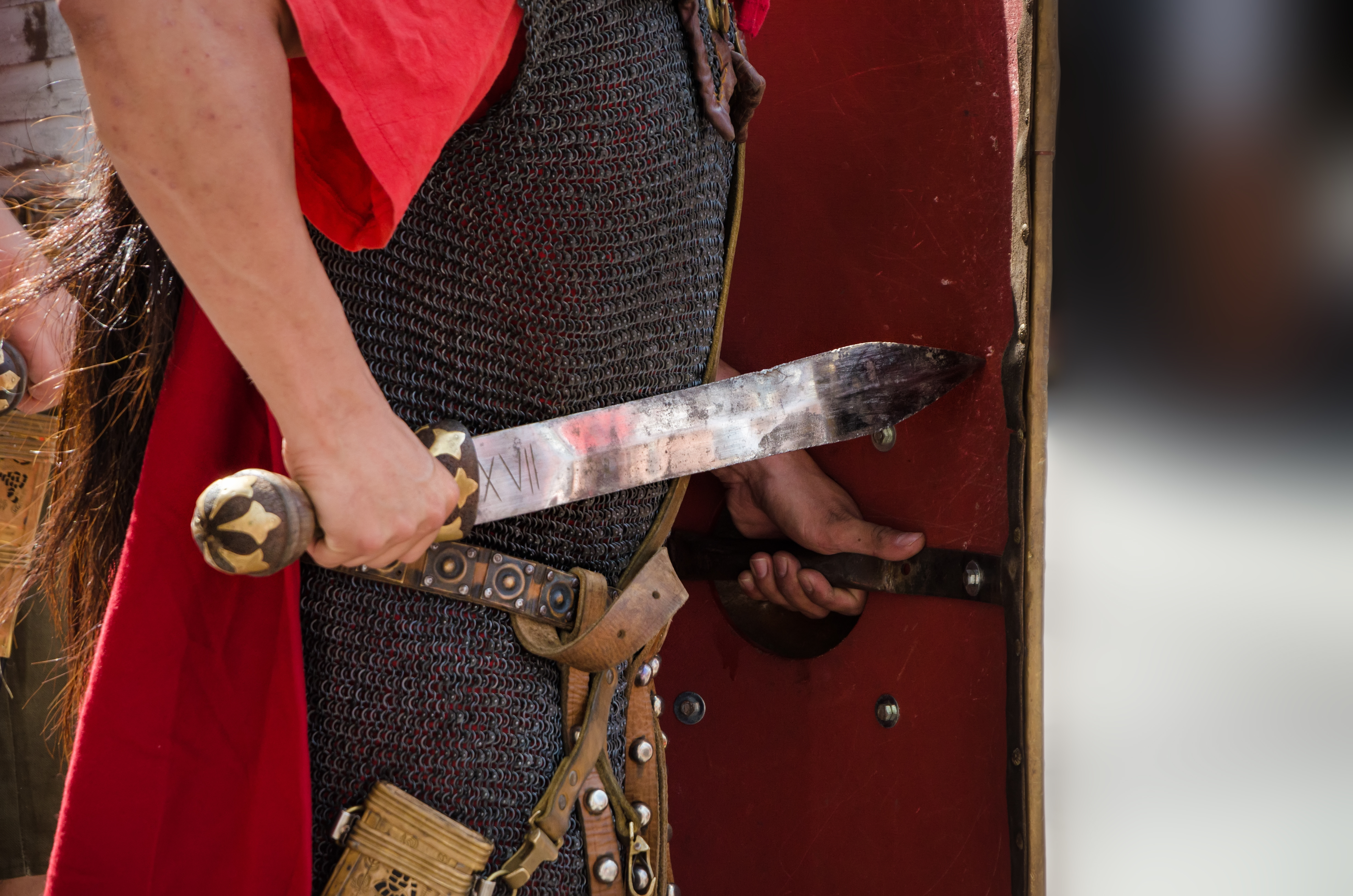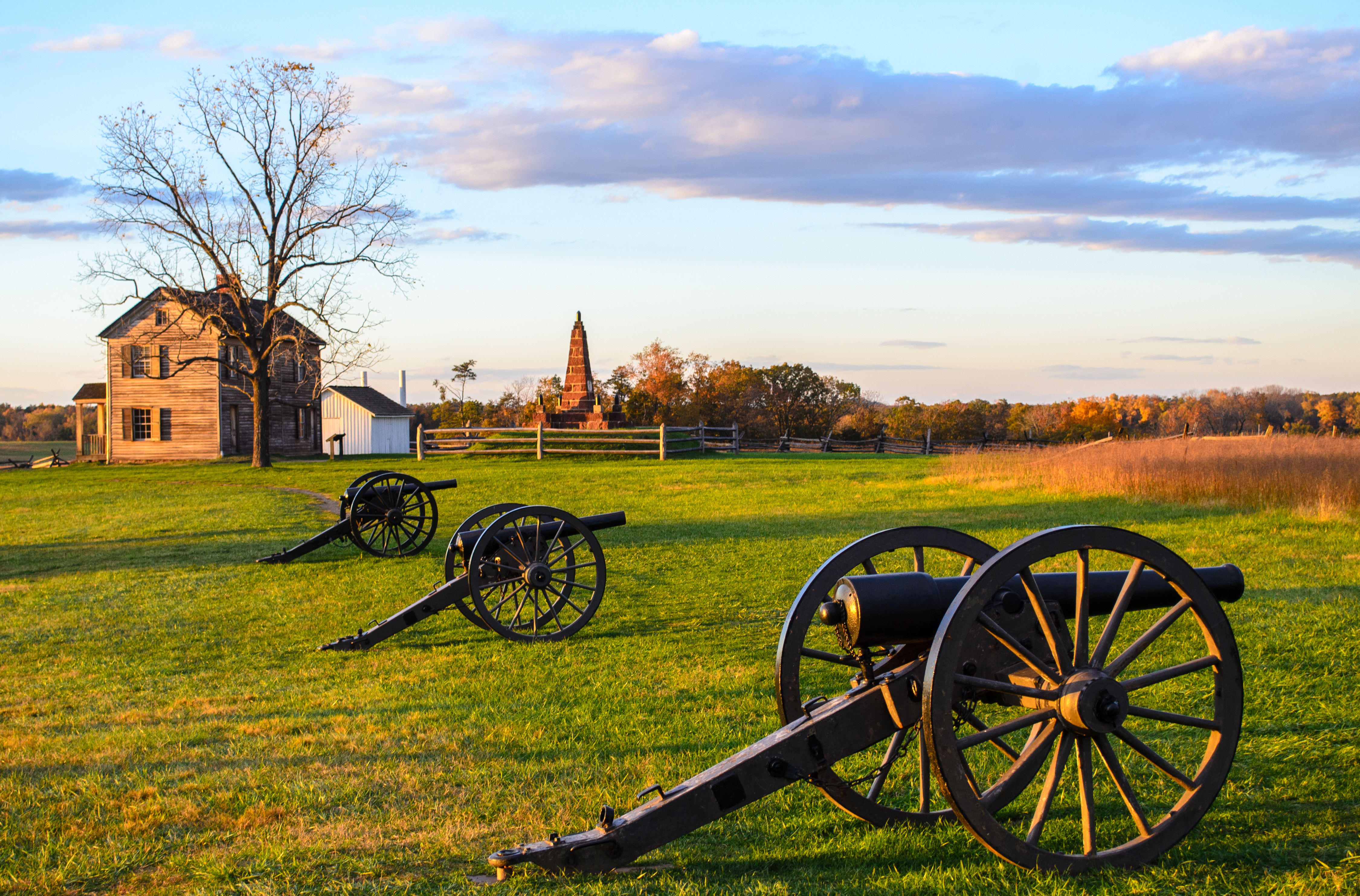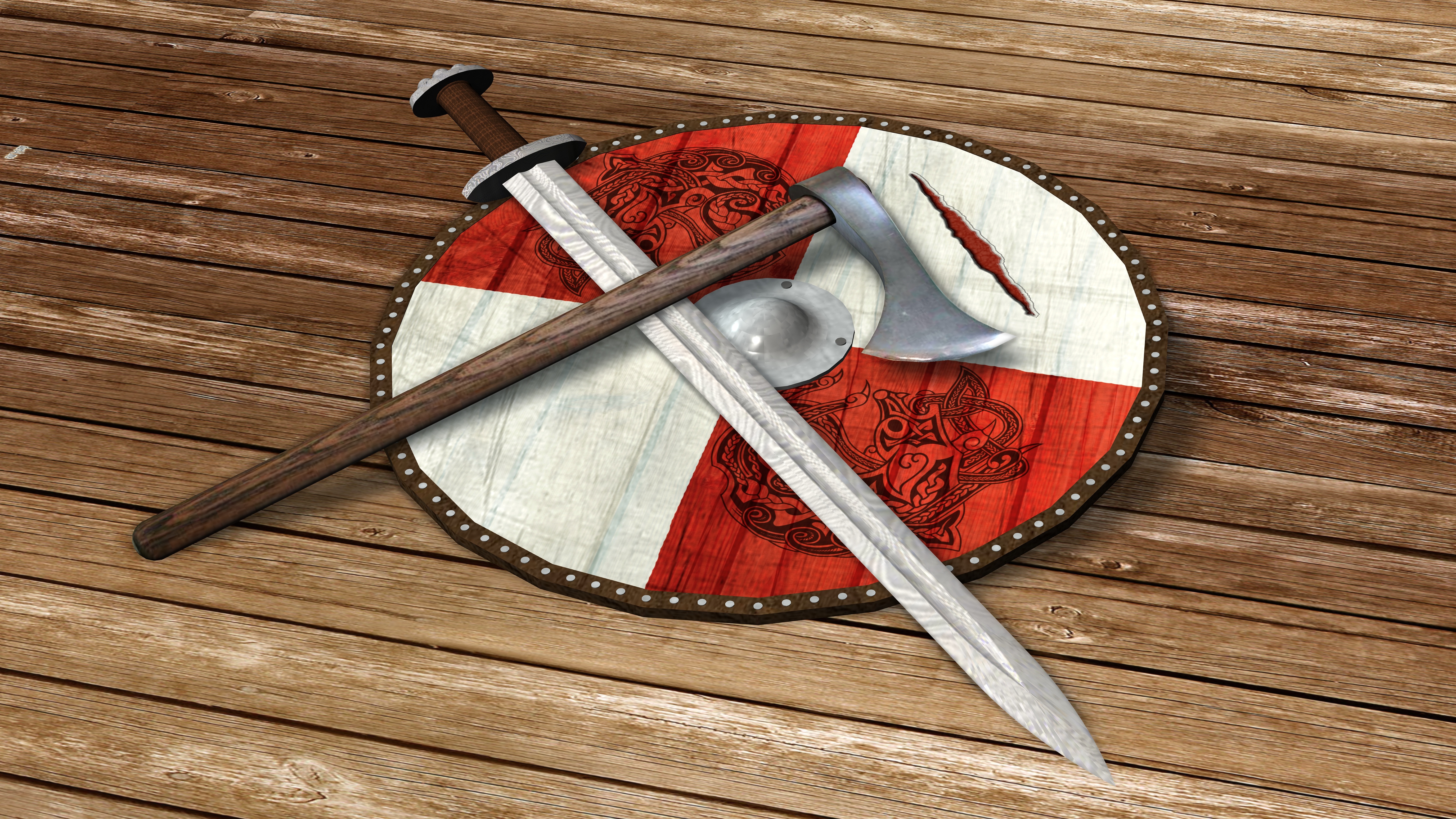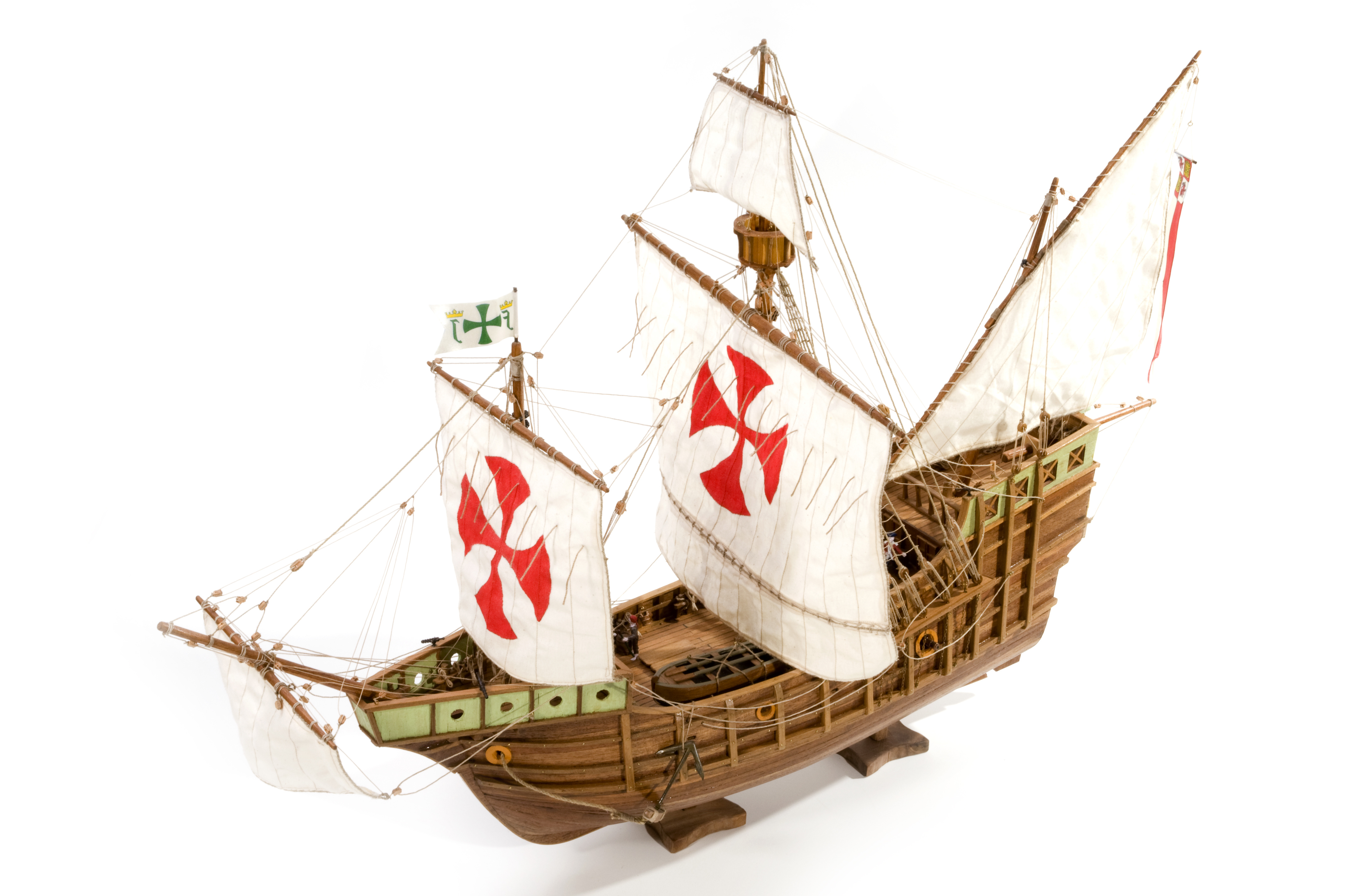Equipment of a Roman Legionnaire
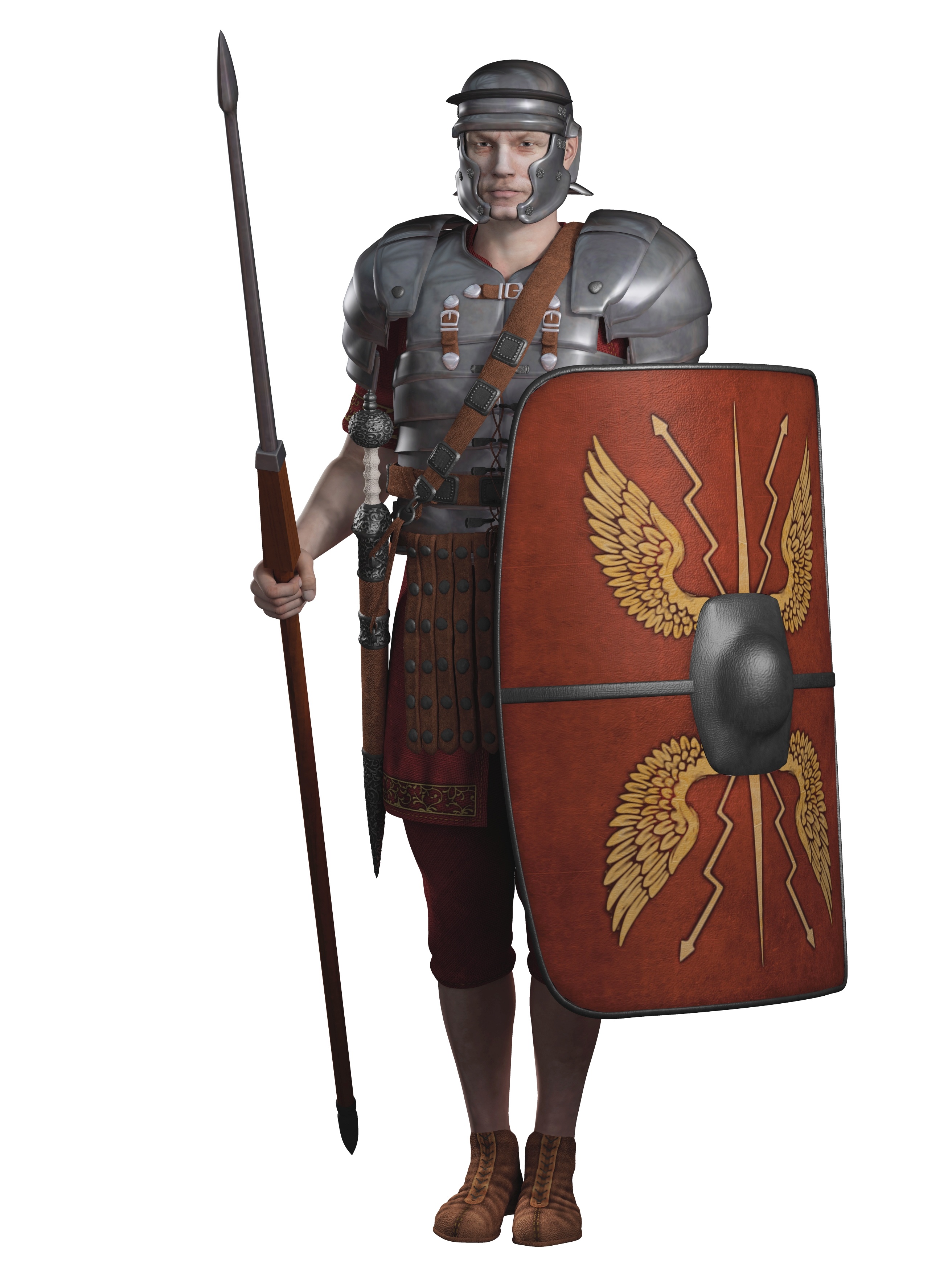
The clothing and weaponry of a Legionnaire in the Roman army are described in a series of posts. This fits well with this blog’s topic of ancient finances.
You will also find this fits well with the description of the armor of God as described by the Apostle Paul in the sixth chapter of his epistle to the Ephesians.
Posts on Legionnaire equipment and weaponry:
